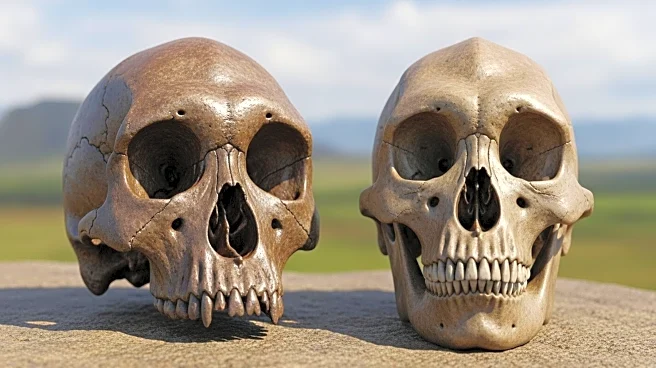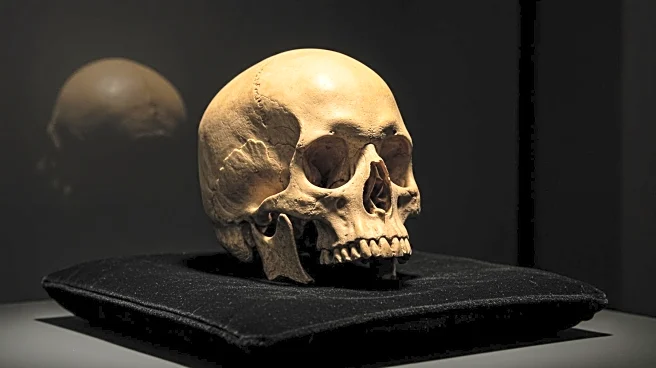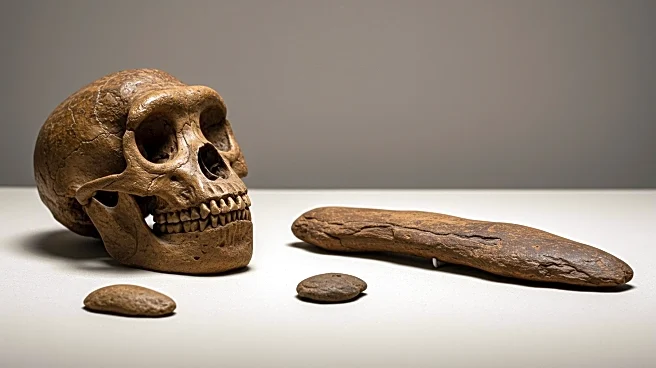Rapid Read • 5 min read
Research from the University of Reading has found a correlation between thumb length and brain size in primates. The study suggests that longer thumbs are associated with larger brains, particularly in the neocortex region, which is involved in cognition and action planning. This finding supports the idea that manual dexterity and brain development co-evolved in primates. The research analyzed thumb length and estimated brain mass across 94 primate species, revealing that humans and their close relatives have longer thumbs than predicted by general primate hand proportions.
AD
The study provides insights into the evolutionary relationship between brain size and manual dexterity, contributing to our understanding of human evolution. The findings could influence future research on the development of cognitive abilities and tool use in primates. By highlighting the link between physical traits and brain development, the study may prompt further investigation into how anatomical features have shaped the evolution of intelligence and dexterity. This research could have implications for fields such as anthropology, biology, and neuroscience.
AD
More Stories You Might Enjoy










